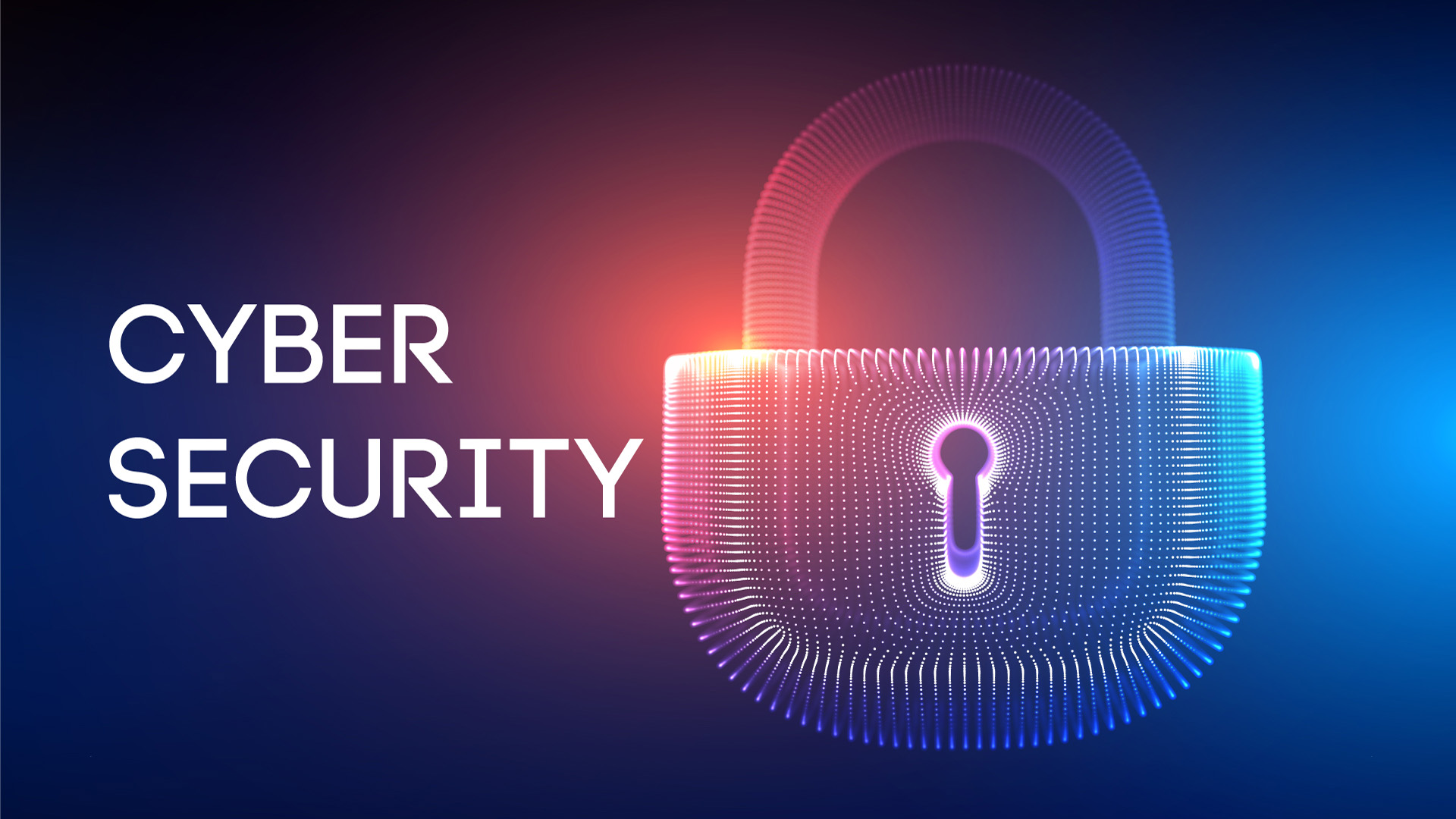Why Cybersecurity represents Every Individual's Responsibility
Why Cybersecurity represents Every Individual's Responsibility
Blog Article

In today's today's digitally connected world, the significance of cybersecurity has not been more pressing. With the rise of digital transactions, social media engagements, and remote work, our individual and professional lives are increasingly connected with technology. This shift creates numerous opportunities for convenience and advancement, but it likewise opens the gates to various cyber threats that can affect anyone, regardless of their IT expertise.
While cyberattacks continue to develop in sophistication, the duty for ensuring cybersecurity cannot rest solely on information technology teams or specialized professionals. Instead, it is crucial to recognize that each individual has a part to play in safeguarding their online presence and the wider community. From individuals safeguarding their private information to companies encouraging safe practices among staff, a collective effort is essential in building a strong defense against cybercrime. By fostering a culture of awakened consciousness and vigilance, we can create a safe digital environment for all.
Understanding Cyber Security Fundamentals
Cybersecurity Training
Cyber Security is the practice of safeguarding devices, infrastructures, and data from illicit access, larceny, and damage. It includes a broad range of solutions and processes engineered to protect content and maintain the integrity and privacy of data. As we more and more rely on electronic platforms for communication, money management, and private interactions, grasping cyber security becomes essential for everyone.
At its heart, cyber security includes multiple strategies and instruments designed at stopping digital dangers. These risks can vary from harmful programs and fraudulent attempts assaults to identity fraud and information leaks. Companies employ security barriers, malware protection, and encryption techniques to shield against these risks, but people must also adopt proactive actions to protect their private data on the internet.
Teaching ourselves about cybersecurity not only assists in protecting our own content but also helps to the overall security of the online community. Practicing safe online behaviors, such as creating strong passcodes, setting up copyright, and exercising caution with email attachments, plays a critical function in avoiding online threats. Ultimately, each person has a part to perform in creating a safe digital environment.
Typical Dangers and Exposures
In the modern digital world, individuals and organizations face a variety of internet safety threats. Spear phishing attacks are among the most common, where cybercriminals use deceptive emails or messages to trick users into providing sensitive information such as passwords or financial details. These attacks are often disguised as genuine communications, making them particularly treacherous and difficult to detect. Knowledge and vigilance are key to identifying such threats before they can bring damage.
Another critical threat is malware, which includes malicious software, invasive programs, and lockers. Malware can infiltrate devices through various means, such as malicious downloads or compromised websites. Once executed, it can capture data, hurt systems, or keep information inaccessible until a ransom is rendered. Regular software updates and robust antivirus solutions are essential to protecting against malware, but training for users is also important to prevent accidental installations.
Lastly, weak passwords remain a major vulnerability in cybersecurity. Many individuals still use easily guessable passwords or duplicate them across several accounts, leaving them susceptible to breaches. Robust, unique passwords combined with multi-factor authentication can significantly mitigate this risk. Encouraging a practice of password security and adopting best practices can enhance overall cybersecurity knowledge and readiness across all levels of an organization.
Promoting a Cybersecurity-First Culture
Building a climate of data security within an company requires commitment from all levels of staff. It initiates with upper management setting a definite directive that safety is a top priority. When senior leaders model safe practices and convey the value of information protection, it encourages team members to take security seriously. Regular workshops and honest conversations about potential threats can help nurture an culture where everyone feels responsible for protecting critical data.
To further improve a cybersecurity-focused culture, companies should establish incentive schemes that recognize staff for exhibiting positive data protection habits. Acknowledging those who report security threats or adhere to secure password practices not only motivates employees but also promotes an atmosphere of vigilance. Additionally, providing protection resources and support readily available empowers team members to make informed decisions in their work activities, ensuring that cybersecurity becomes an essential part of their workflow.
In conclusion, nurturing effective communication channels is essential for a robust security culture. Team members should feel comfortable talking about security concerns or notifying suspicious activities without fear of repercussions. Creating confidential reporting systems and providing prompt responses can enhance confidence within the organization. When all staff realizes that cybersecurity is a collective responsibility, it becomes rooted in the enterprise's values, leading to a more resilient shield against security risks.
Report this page